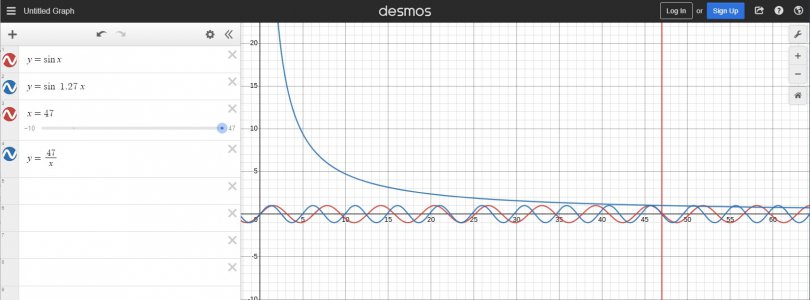- Joined
- Feb 25, 2021
- Messages
- 3,134
Sure. Repeat the spindle turns in reverse and get back to the same initial conditions (origin). You’re ignoring the fact that you don’t have to return to that origin to get the thread dial to align again. It repeats periodically so you can get there by continuing forward. Unless the change gears keep that period tied to the period of the spindle so that the spindle is a *harmonic* of the thread dial, it may not align every period of the of the thread dial. There are change gear ratios that don’t keep the thread dial aligned with the spindle.The spindle and the lead screw are LOCKED into proportion by gears. The lead screw and dial are LOCKED in a 1:1 relationship. All that matters is the engagement of the half nuts must occur at the same carriage position and the same dial position. You see, the other relationships are mechanically inseperable, locked in and fixed. The point is to select the ORIGIN, unitless and dimensionless, where all initial conditions (dial, carriage position) are initiated. The resulting movement is explicitly dependent on initial conditions. Replicate the initial conditions, replicate the movement.
Think about clock hand alignment if there was a broken clock who’s minute hand had a period of 23 minutes. Even if it starts correctly with both hands vertical at midnight, they won’t both be vertical 24 hours later. They are still locked in a ratio, just not one that has a common period, at least not a useful one.
Last edited:


